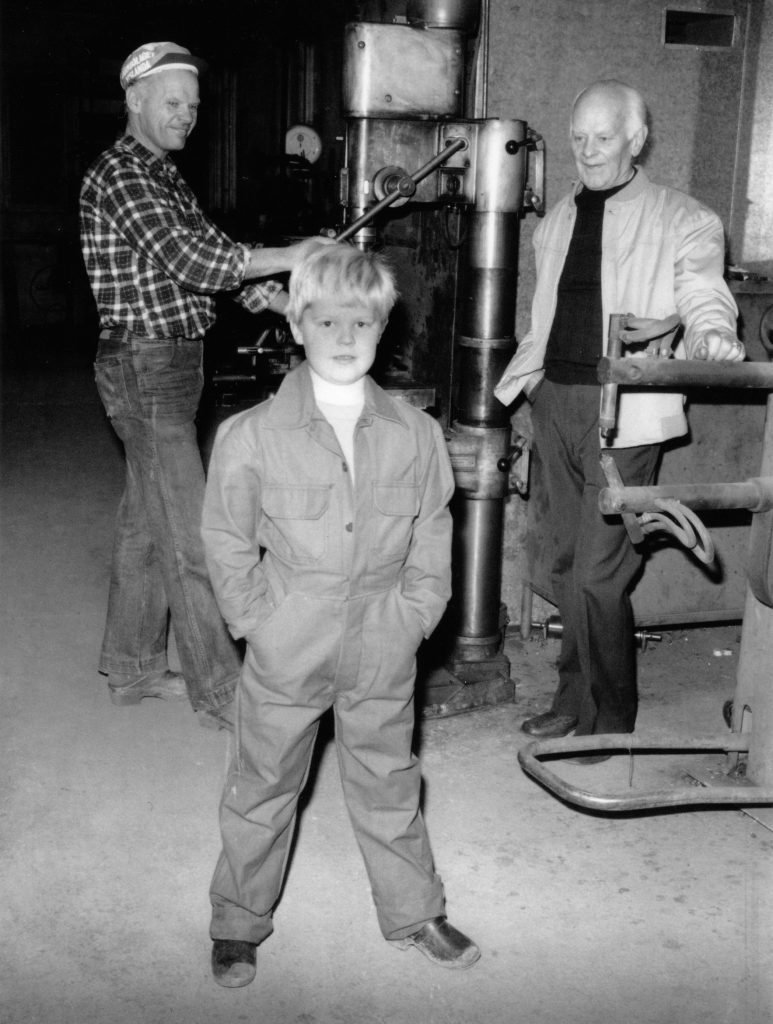Who are Svetsprocedur.se?

We are a company that can provide you with recipes for welding in the form of welding procedure specifications. We have therefore chosen to weld up a number of different makes, brands, joint geometries, thickness ranges and welding methods that are often used in the manufacturing industry.
The abbreviation WPQR is often used, which stands for Weld Procedure Qualification Record. This was previously referred to as WPAR (Weld Procedure Approval Record).
Goal
Our goal is to give manufacturing companies the opportunity to obtain welding procedure specifications with fast delivery times at low cost according to ISO 15612 (standard welding procedure specification). In addition, companies also avoid the following
- The uncertainty of submitting procedures whether the result is approved or not.
- The cost of welding and testing. (Usually starting at SEK 15,000 and upwards)
- The duration and idle time for tests. (Normally at least 3 weeks response time).
Why welding procedure specifications when welding?
The reason why welding procedure specifications should be used in welding is simple; Verifying material and mechanical properties of the steel and the weld. Unless the welding is controlled with welding procedures and weld procedure specifications (WPSs) there is a risk of the material/weld becoming brittle, among other things, which means the material can crack when used at low temperatures.
When are welding procedure specifications required?
Welding procedure specifications are required in the following, for example:
- Ironwork/structural steel according to EN 1090-2 or EN 1090-4 (Standard welding procedures according to ISO 15612 can be used execution class for EXC 1, EXC 2 and if the designer so prescribes for execution class EXC 3)
- Certification of welding companies according to ISO 3834.
- For pressure vessels according to PED (EN 13445).
- When working according to NORSOK.
- Customer requirements.
NB: Always check that welded procedures are not required according to EN ISO 15613 or EN ISO 15614
